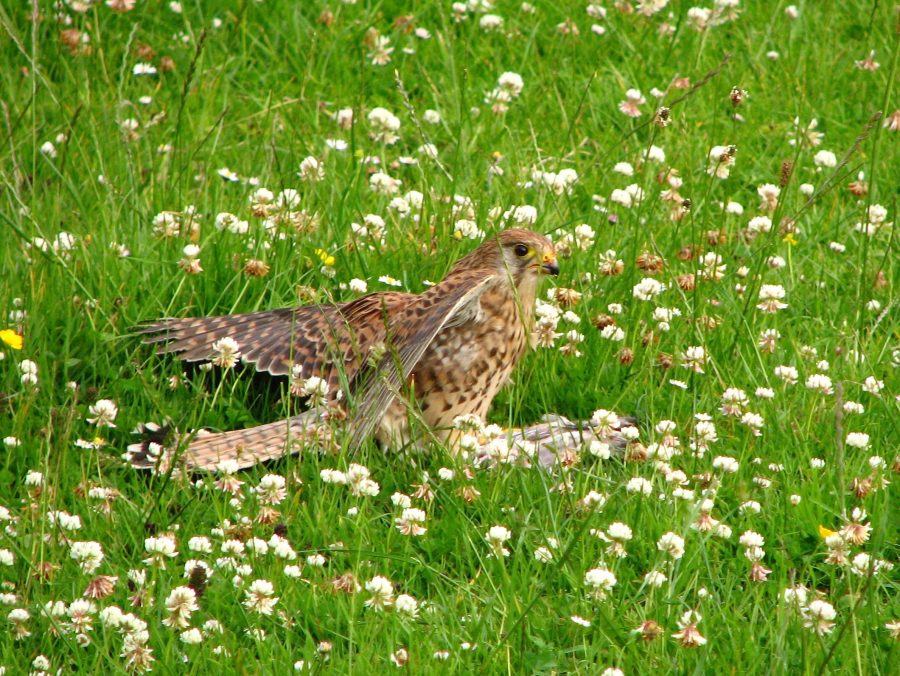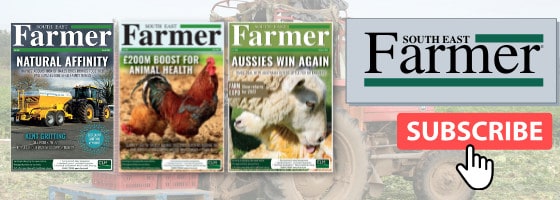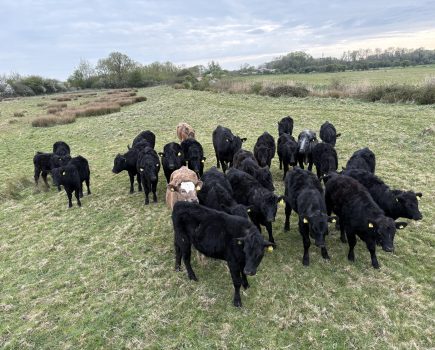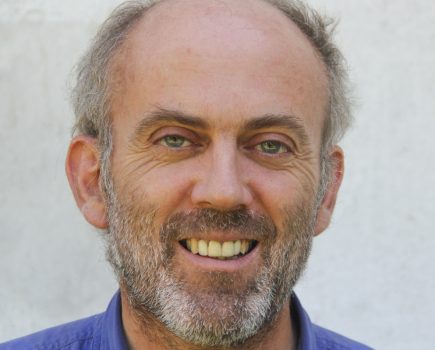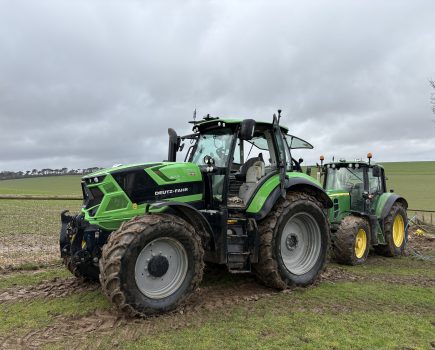Comments on the parlous state of British bird life regularly produce the knee jerk response calling for predator ‘control’.
The sad fact is that the calls are right, but the target is wrong. The problem lies squarely with us, the planet’s top predator, and there is little appetite for a cull there.
Animals increase when they have sufficient food, habitat and survival rate to breed. We are a perfect example of this law of nature, for we have commandeered the planet’s resources for food and habitat, increased our survival rate and, hey ho, we are pushing 10 billion souls. So, sadly it is not surprising that all todays’ ecological disasters lie at our door.
Remember that 95% of mammals on the planet are humans and those we domesticated, right down to our granddaughter’s hamster.
The Game and Wildlife Conservation Trust (GWCT) argues, from its studies, that restoring species depends on providing habitat, food and predator control. Correspondence that follows always picks on the last, which is the least important.
The GWCT does some excellent research, which I have sometimes supported, but it has a constituency with the potential for bias. The essence of game conservancy is to produce a surplus for sport, and that really requires removing competitors that affect yields. Prey can only tolerate so much predation, but must that always be our privilege?
The GWCT demonstrated increasing yields of grouse and other upland nesting birds from active moor management, including legal predator control. Sadly, on too many moors there is still illegal destruction of raptors like the hen harrier.
Both the GWCT and the RSPB have shown that diversionary feeding of harriers, or rearing young ‘off site’, boosts the population of grouse chicks. Left to nature, however, there would be too few grouse on the moors worth shooting, though harriers and grouse would remain in a dynamic balance.
Predator culling, even elimination, is undeniably necessary where we have caused the problem by introducing species to naïve populations, so risking extinctions. Many islands around the world have been expensively cleared of introductions, such as rats, mice and hedgehogs to save resident colonies of seabirds.
New Zealand has a serious problem from so many European species decimating native ones, to the point where there is little pristine habitat left. Culling is also legitimate when native birds, such as the curlew, are at such a low ebb that they need all the help they can get to arrest decline and initiate recovery.
So when should farmers reach for traps and guns, and to what extent are predators the cause of our general decline in bird numbers and species?
From my experience, and after reading the available evidence, seldom. When we had a large herd of outdoor pigs, our jackdaw, magpie and crow numbers rose to the point they darkened the sky, fueled by the abundance of pignuts.
Cull the corvids or manage feeding better? We resorted to Larsen traps, but the corvid epidemic persisted until the pigs went. In this situation the corvids had little impact on passerines because of the continuous supply of pignuts. They had no need to seek awkward alternatives.
So, when predators increase beyond normal numbers, how are we causing it?
An elegant long-term case study of bird populations on two farms, the Allerton estate and the RSPB’s Hope Farm, was published by GWCT ecologists (Aebischer et al 2016. Bird Study, 63; 10-30). This showed that improving habitat led to a sustained increase in the number and species of farmland birds on both farms.
There was, however, a ‘but’. The increase depended upon corvid control at Allerton, while none was needed at Hope Farm. Corvid density was higher at Allerton. Why? Allerton is more wooded, favouring corvids, and it also hosts a shoot. Food for pheasants and partridge is also great for corvids.
Again, there is a ‘but’, for gamebird feeding is not continuous, so corvids, now in greater numbers, have to find alternative sources of food to rear chicks, putting greater pressure on the passerines. No shoot, fewer corvids, more passerines?
My reason for labouring the point is that studies such as this are informative but incomplete. Good habitat and better-targeted gamebird feeding could stop corvid numbers rising. Numbers are demonstrably sensitive to food supply.
Shoots also have other ecological consequences from so many big alien birds and the amount of grain available. So does the way we farm, for different reasons. We cannot escape culpability by pointing fingers, for the list of our enthusiastic stupidity is long and troublesome.
On a more positive note, I would urge South East Farmer readers to take part in the GWCT’s Big Farmland Bird Count between 7 and 23 February. Details are on their website and it delivers useful citizen science. It is also fun.
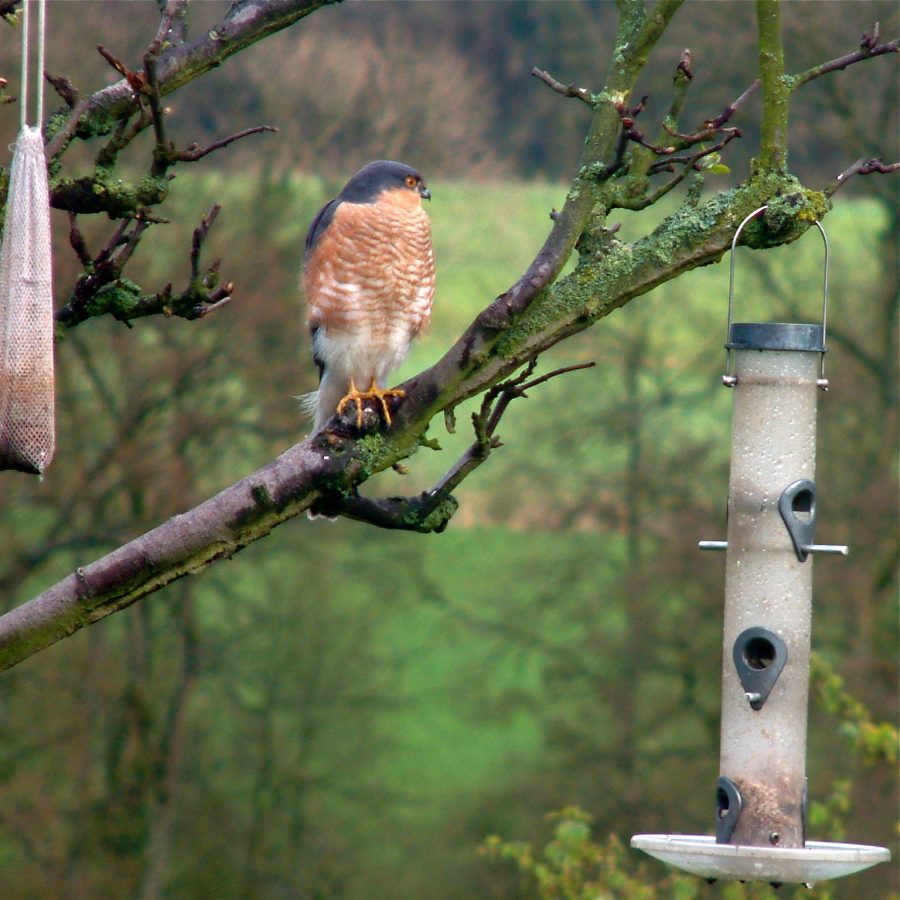
Male sparrowhawk on the lookout for prey
For more like this, sign up for the FREE South East Farmer e-newsletter here and receive all the latest farming news, reviews and insight straight to your inbox.

